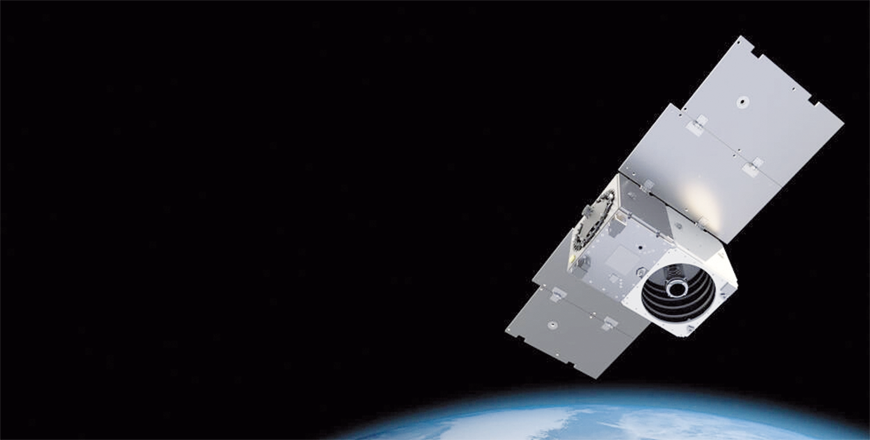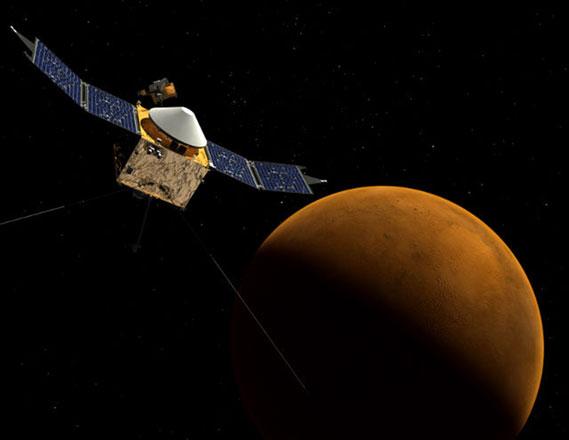You are here
In first, US directs NASA to create lunar time standard
By AFP - Apr 04,2024 - Last updated at Apr 04,2024

This undated artist rendering courtesy of Planet Labs, Inc., shows the company’s Pelican satellite (AFP photo)
WASHINGTON — The White House announced on Tuesday it is directing NASA to create a unified time standard for the Moon and other celestial bodies, as governments and private companies increasingly compete in space.
With the United States keen to set international norms beyond Earth’s orbit, the White House Office of Science and Technology Policy (OSTP) instructed the US space agency to formulate a plan by the end of 2026 for a standard it is calling Coordinated Lunar Time.
“As NASA, private companies, and space agencies around the world launch missions to the Moon, Mars, and beyond, it’s important that we establish celestial time standards for safety and accuracy,” OSTP Deputy Director for National Security Steve Welby said in a statement.
He noted how “time passes differently” depending on positions in space, offering the example of how time appears to pass more slowly where gravity is stronger, such as near celestial bodies.
“A consistent definition of time among operators in space is critical to successful space situational awareness capabilities, navigation, and communications,” Welby said.
The aim, the White House says, is for Coordinate Lunar Time, or LTC, to be tied to Coordinated Universal Time (UTC), currently the primary time standard used throughout the world to regulate time on Earth.
The White House directed NASA to work with the Departments of Commerce, Defence, State and Transportation to deliver a time standard strategy that will improve navigation and other operations for missions in particular in cislunar space, the region between Earth and the Moon.
The new standard will focus on four features: traceability to UTC, accuracy sufficient to support precision navigation and science, resilience to loss of contact with Earth, and scalability to environments beyond cislunar space.
There were few technical specifics for establishing a lunar time standard laid out in the memorandum, but OSTP suggested it could adopt elements of the existing standard on Earth. “Just as Terrestrial Time is set through an ensemble of atomic clocks on Earth, an ensemble of clocks on the Moon might set Lunar Time,” it said.
The United States is planning a return to the Moon in 2026, humanity’s first lunar landing since the Apollo 17 mission in 1972.
Related Articles
MIAMI — In the Hollywood movie “The Martian” an American astronaut survives on Mars against all odds, but in reality NASA admits that huge o
PARIS — From Yuri Gagarin to the first man on the Moon and the robot that landed on a comet, we look at 10 key dates in space exploration.&n
Hundreds of kilometres below on Earth, their governments are locked in a standoff over Ukraine — but up in space, Russian cosmonauts and American astronauts are still working together side by side.


















